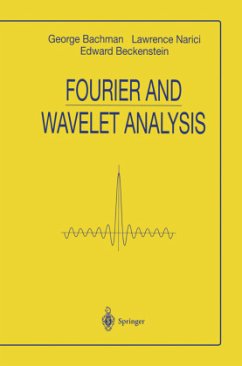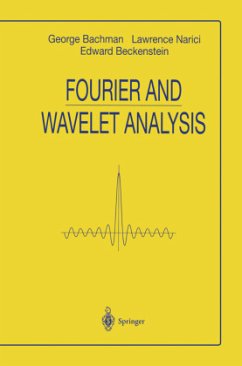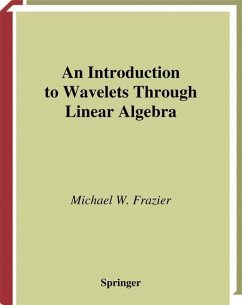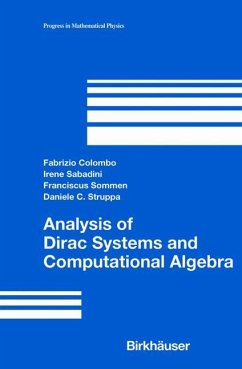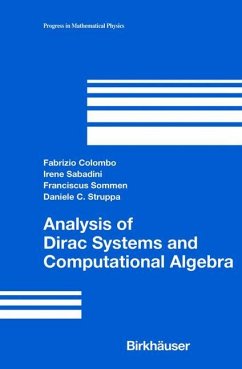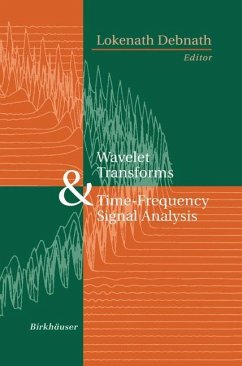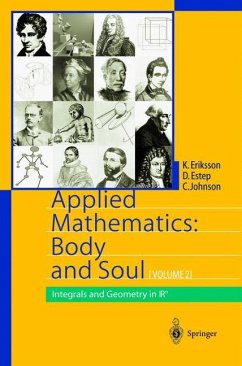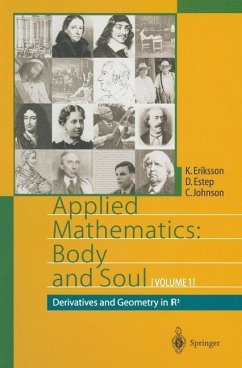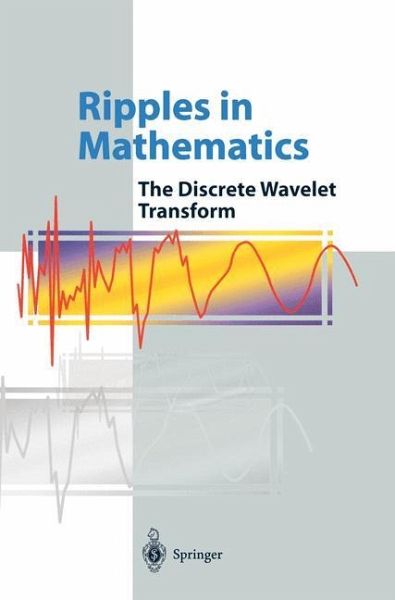
Ripples in Mathematics
The Discrete Wavelet Transform

PAYBACK Punkte
27 °P sammeln!
This book gives an introduction to the discrete wavelet transform and some of its applications. It is based on a novel approach to discrete wavelets called lifting. The first part is a completely elementary introduction to the subject, and the prerequisites for this part are knowledge of basic calculus and linear algebra. The second part requires some knowledge of Fourier series and digital signal analysis. The connections between lifting and filter theory are presented and the wavelet packet transforms are defined. The time-frequency plane is used for interpretation of signals. The problems with finite length signals are treated in detail. MATLAB is used as the computational environment for examples and implementation of transforms. The book is well suited for undergraduate mathematics and electrical engineering students and engineers in industry.
Yet another book on wavelets. There are many books on wavelets available, written for readers with different backgrounds. But the topic is becoming ever more important in mainstream signal processing, since the new JPEG2000 standard is based on wavelet techniques. Wavelet techniques are also impor tant in the MPEG-4 standard. So we thought that there might be room for yet another book on wavelets. This one is limited in scope, since it only covers the discrete wavelet trans form, which is central in modern digital signal processing. The presentation is based on the lifting technique discovered by W. Sweldens in 1994. Due to a result by I. Daubechies and W. Sweldens from 1996 this approach covers the same class of discrete wavelet transforms as the one based on two channel filter banks with perfect reconstruction. The goal of this book is to enable readers, with modest backgrounds in mathematics, signal analysis, and programming, to understand wavelet based techniques in signal analysis, and perhaps to enable them to apply such methods to real world problems. The book started as a set of lecture notes, written in Danish, for a group of teachers of signal analysis at Danish Engineering Colleges. The material has also been presented to groups of engineers working in industry, and used in mathematics courses at Aalborg University.





